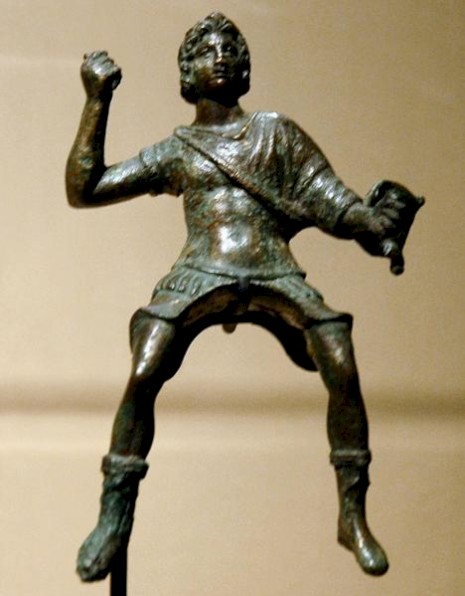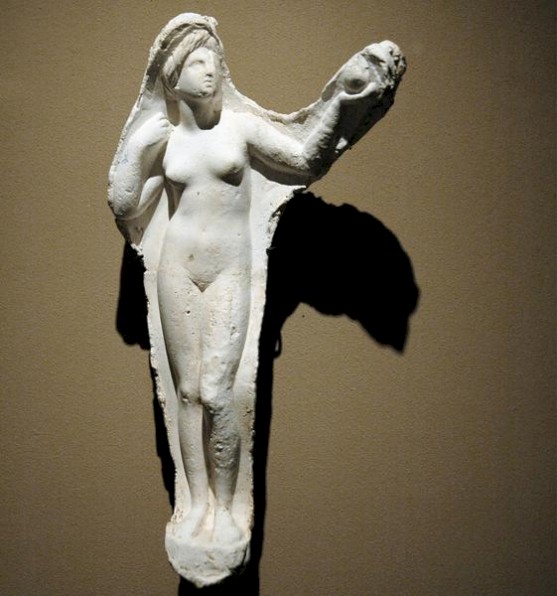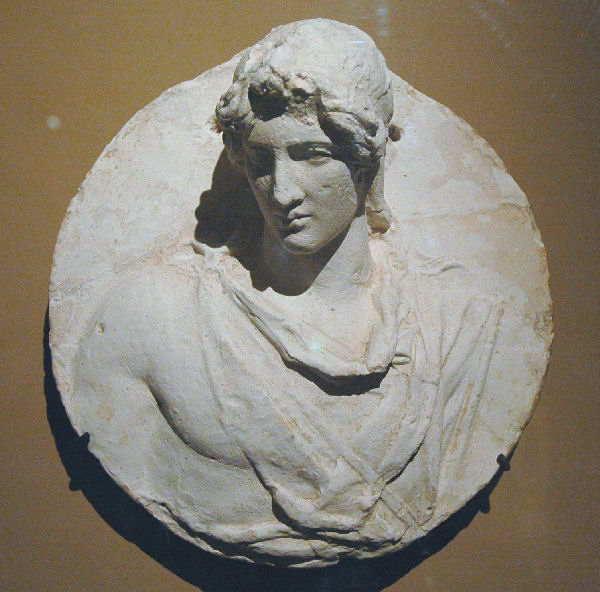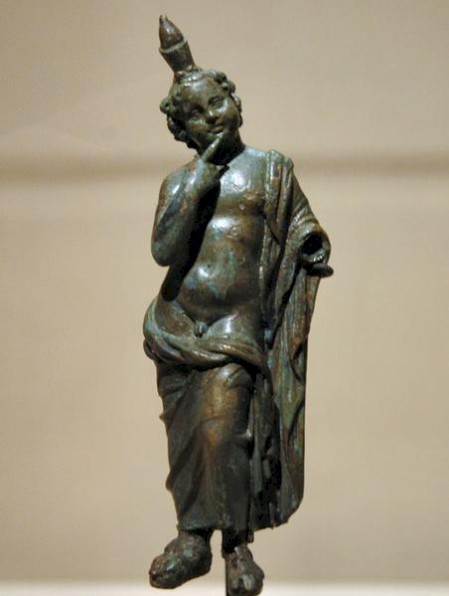Alexandria in the Caucasus (Begram)
Q814388Alexandria in the Caucasus: town founded by Alexander the Great, near Begram, north of Kabul in Afghanistan.

In the late winter, early spring of 329 BCE, the army of Alexander the Great, trying to attack the last Achaemenid king of Persia, Artaxerxes V Bessus, from an unexpected direction, made a detour through what is now called Afghanistan, and reached Gandara, the valley of the river Cophen (Kabul). This was an important crossroad: arriving from the southwest, a traveler could go to the east, to India, to the northwest across the Hindu Kush to Bactra, and to the northeast, through the Panjshir Valley, across the Hindu Kush, to Drapsaca. Bactra and Drapsaca were situated in fertile Bactria, a key satrapy in the Achaemenid empire.
Alexander needed a strong base for his crossing of the Hindu Kush, and founded a city, which, as usual, was called Alexandria. The city was in fact a refoundation of an Achaemenid settlement called Kapisa. About 4,000 native inhabitants were allowed to stay, and 3,000 Macedonian and Greek veterans were added. Later, more people were settled in the city, which must have been seen as a punitive colony by the Europeans who were left there. Still, the waters of the Kabul, Panjshir, and Khorband rivers created a fertile alluvial plain, and the city was to become very prosperous.

Alexandria-Kapisa has been identified and partly excavated on a hill near Begram - or to be more precise, east of Charikar -, 65 km north of modern Kabul. Not many finds date back to the age of Alexander, but the identification is uncontested.
A brief description of Kapisa is offered by the Chinese traveler Xuan Zang (603-664), a Buddhist pilgrim who visited the area much later, but before the rise of Islam changed everything. He saw the city well built by the Macedonians (3 km long) and mentioned that the country produced all kinds of fruit, wheat, and other cereals. Xuan Zang also mentions to the high, snow-covered mountains.

The Macedonians and Greeks had called them the Caucasus, the name they gave to the large mountain range that divided Asia into a northern and a southern half. According to their myths, the supreme god Zeus had punished the demi-god Prometheus, who had stolen fire from heaven and given it to humankind, by chaining him to a rock in the Caucasus. Every day, they believed, Zeus' eagle had come to devour Prometheus' liver, which miraculously was recreated every night. It is interesting to note that the ancient Iranian sacred book, the Avesta, calls this area Upari-Sena, "too high for the divine eagle", and that Xuan Zang also tells a myth about the divine eagle (more...).

After the death of Alexander in 323, Alexandria remained an important city, but in 303, one of Alexander's Successors, Seleucus I Nicator, gave it to the Indian king Chandragupta Maurya as part of a bargain in which he received 500 elephants. The city, which called itself Kapisa again, now belonged to the Mauryan Empire, but when it fell apart, it was captured by a Graeco-Bactrian army (184 BCE), and included in a new, Indo-Greek kingdom.
This was a multi-ethnic state, in which Greeks, Bactrians, western Iranians and Indians lived together. Greek religious practices, Iranian cults, Hinduism and Buddhism are all known from second-century Gandara. Coins were modeled on the drachmas of Athens, although they often had Indian legends.
After c.125, an invasion of the Sacae, nomads from Central Asia, led to a new dynasty, but the multicultural society remained as it had always been. It also absorbed the Parthians, who became interested in the region in the first century BCE, and the Kushans, whose great leader Kanishka appears to have lived in the first half of the second century CE.
Among the archaeological finds from Charikar are carved ivory plaques, statues of Buddha, Greek-style busts, a painted glass vase showing a Roman gladiator (from Syria or Egypt).